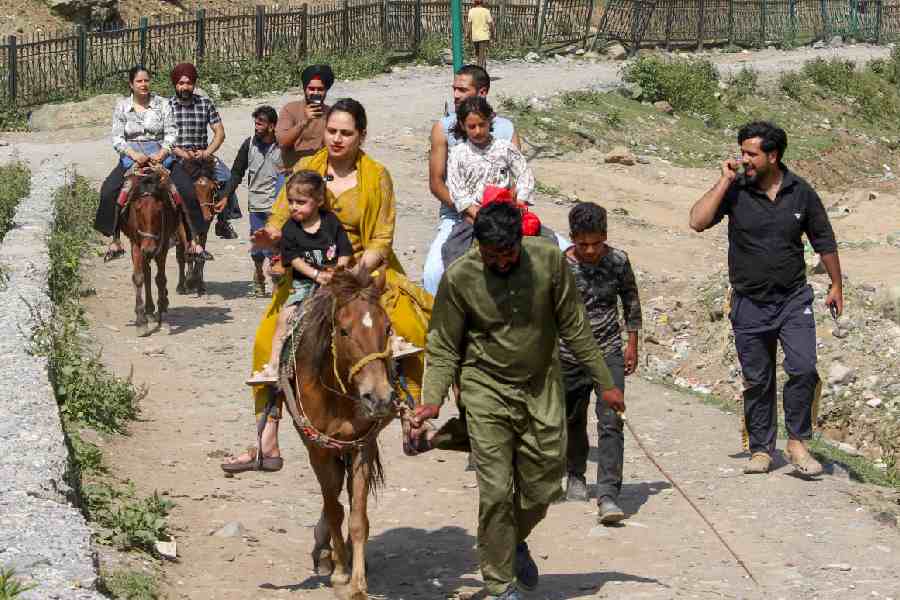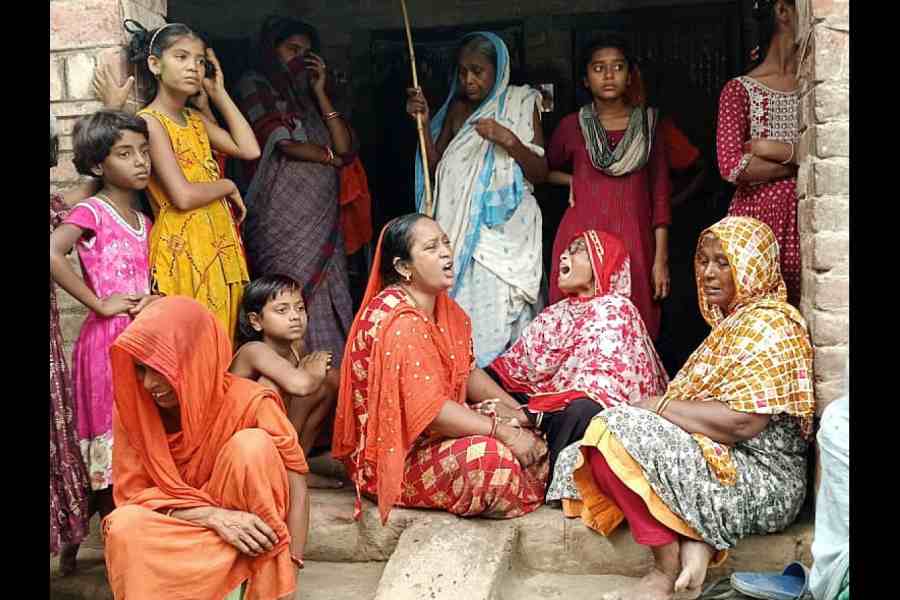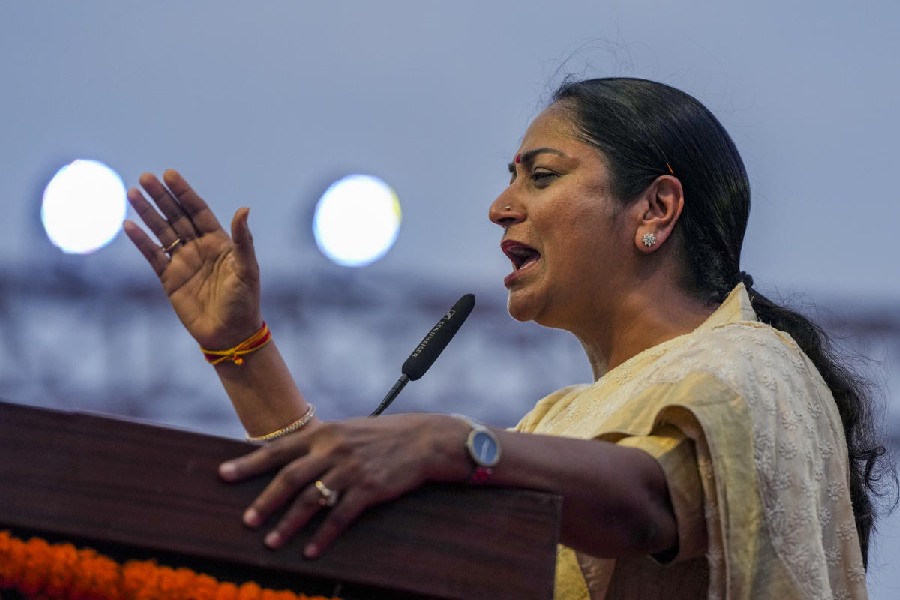 |
The cockroach was always a survivor and the Calcutta Municipal Corporation (CMC) is putting its survival skills to good use. To the municipal workers cockroaches are a reassuring presence. Not a single civic worker can be forced to descend into an underground brick sewer if he does not find cockroaches on the walls of the sewer.
“They have been instructed to follow this as a thumb-rule. Because the absence of cockroaches means accumulation of methane gas. Their presence ensures that the poisonous gas is missing,” says Tushar Ghosh, special officer, transport infrastructure development and the chief engineer of sewerage.
The underground sewage in Calcutta is a 176-km long network of brick sewers under the city built by the British engineers. The sewers are more than 125 years old — and the total number of cockroaches swarming on their walls and ceilings is said to be over a million.
There are 3,490 species of cockroaches. The most common one in Calcutta is the American variety — Periplaneta americana (known as the American cockroach). Its life span is about one year. The American cockroach, about 3 cm long, is reported to have adapted itself well even to Russian climate. But Russia is considered too cold for the survival of the Cuban cockroach. Roaches are above politics.
Solid wasted network
 |
| What lies beneath? A Telegraph picture |
More on the underground drains. Why do Calcuttans have to wade through knee-deep water after a moderate shower when there is the elaborate underground sewerage network? Because they don’t know the difference between solid and liquid.
The British had built the brick conduit system to carry liquid waste — sewage and storm water. Now Calcuttans use this to wash down “waste” like bricks, sand-bags and even a whole corrugated tin sheet.
A huge operation is under way to “de-silt” the sewer lines. About 250 daily labourers have been scooping out the waste from the sewers under AJC Bose Road, APC Road and Camac Street. In two months, 24,000 tons of waste have been taken out. Since that requires a dumping-ground in its turn, the civic authorities have acquired 20 bighas of land on a one-year lease from farmers in Dhapa through Paschim Banga Krishak Samity. The CMC has paid Rs 2 lakh to the peasants for one year’s loss of crop on the 20 bighas.
Finding her voice
 |
It is not easy to become an artist when your parents are themselves such renowned artists. But Chandana Hore, whose mixed media, watercolours and oils are being exhibited at Akar Prakar, does not seem to mind that. She is gradually trying to speak in a voice of her own, subdued though that voice may be.
She portrays lonely women and beings in familiar surroundings and she expresses this sense of being alone through her poignant colours and figures in isolation (a work by Chandana). Chandana’s formidable parents, Somnath and Reba Hore, projected an epic vision through their paintings, drawings and sculpture. Chandana’s is a more personalised vision and she expresses herself either through a thick bed of bright colours, or layers upon layers of watercolour, some with a deliberately polluted look.
Her figures of what look like women of a certain age with sagging bodies may remind viewers of the works of another senior artist. But Chandana has a sensitivity that is all her own and this perhaps accounts for the success of some of her previous exhibitions. At a relatively young age she already has
a poignance that is slowly developing within her.
Poetic bus
A lover of poetry is at work on CSTC buses, for a very practical reason. Of late, many buses on various routes are carrying exhortations on the necessity of registering the birth and death of every citizen. The message appears on the rear of the vehicles, in the form of profound quotations.
One is from Michael Madhusudan Dutt’s “Jonmobhumir Proti” (To my motherland): “Jonmile morite hobe, amar ke kotha kobe…” (Death inevitably follows birth; no one is immortal). Another from Thomas Gray’s Elegy Written in a Country Churchyard, many an English undergraduate’s nightmare: “On some fond breast the parting soul relies, Some pious drops the closing eye requires…” The fiery poet Sukanta Bhattacharya has also been quoted. Will the message reach through all this literacy?
Health in hot weather
 |
| Dancing is not so fatal in the 21st Century. (Reuters) |
The Calcutta Gazette carried the following instructions on October 9, 1788:
“Our good friends and readers have been so often told that the weather is very hot, that we shall spare the information, and confine ourselves to some general advice which we presume to offer for the preservation of their health. The gentlemen are particularly entreated not to eat above four pounds of solids at a meal, or drink above six bottles of claret; and to refrain from riding between the hours of ten and four in the day. Dancing will be extremely fatal to ladies, if taken more than three times a week, and they are positively forbid to wear full dresses of either satin or velvet, until the 1st of November.”
(Contributed by Deepankar Ganguly, Soumitra Das and Deeptanil Ray)










